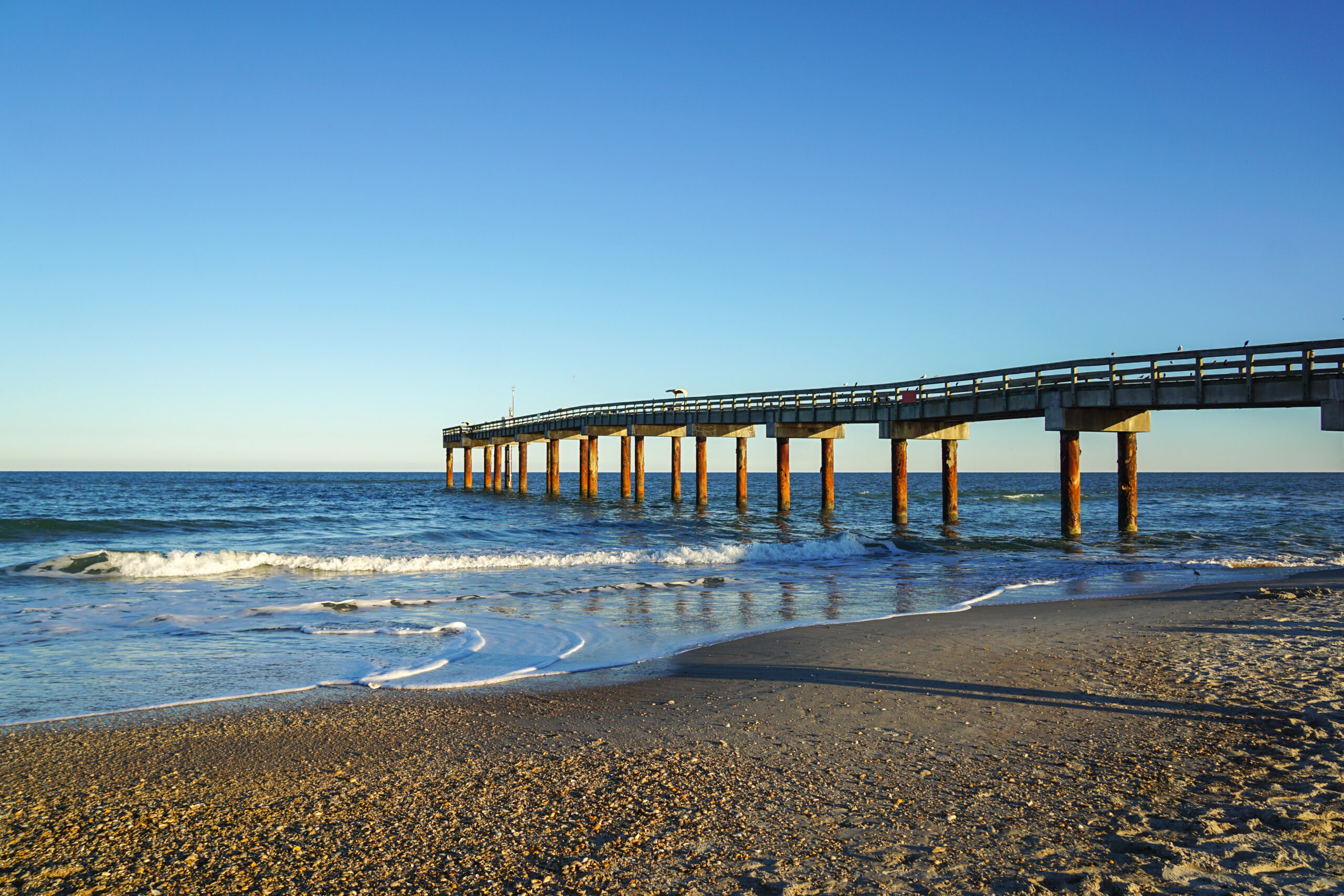At 2:47 PM on May 10, 1869 a single word was transmitted by telegraph from Promontory, Utah to Chicago: “Done.” This solitary word signified the achievement of one of the most important milestones of the building of the United States, the completion of the Transcontinental Railroad. A monumental feat, six years in the making, was finally at an end.
The Vision
In 1862, Congress passed the Pacific Railroads Act that authorized the two largest railroad companies at the time, the Union Pacific Railroad in the East and the Central Pacific Railroad in the West, to begin building towards one another from Omaha, Nebraska and Sacramento, California. It was believed that a transcontinental line would facilitate transportation to the Western territories, spur economic growth, and better supply military troops stationed in the region.
A Nearly Impossible Task
The two companies employed thousands workers, mainly Chinese and Irish immigrants from California and a combination of Irish, German, and Italian immigrants; ex-slaves; Civil War veterans; and some Native Americans from the East. The task was arduous at best, and deadly to some. Workers not only had to contend with mountainous terrain, blizzards, avalanches, Native American resistance, and smallpox, but also fighting amongst themselves in the base camps.
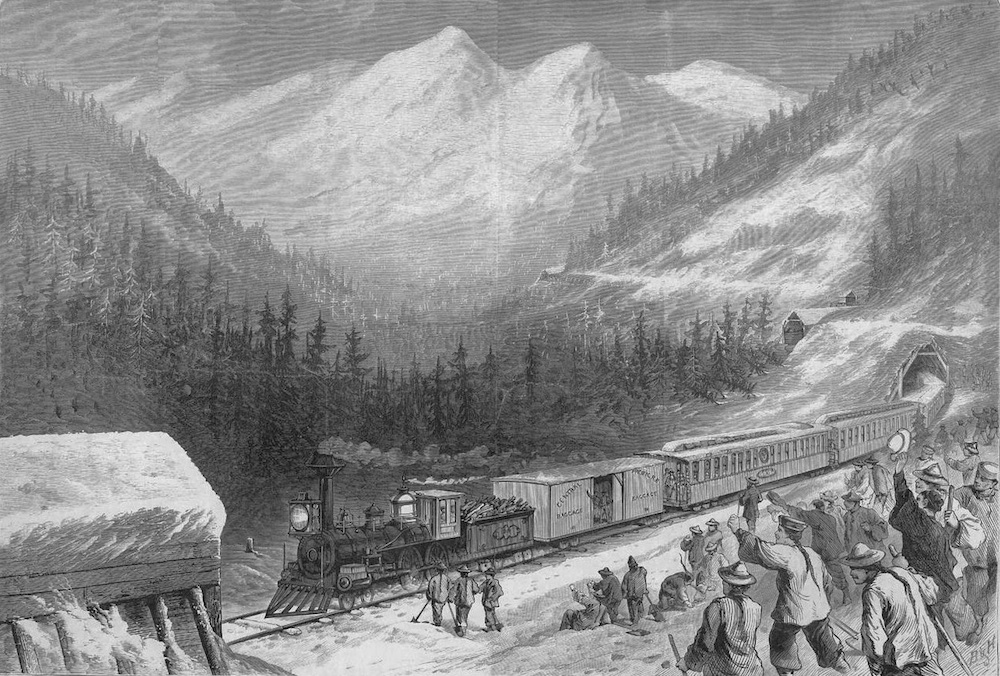
Nearing Completion Through Record-Breaking Construction
As the rails drew closer to one another, a “friendly competition” ensued between the two railway companies on which company could lay the most track in a single day. The Central Pacific at one point declared it could complete 10 miles of track in a single day. A $10,000 bet was laid down by Vice President Durant of the Union Pacific who claimed it couldn’t be done, but he lost his bet. The Central Pacific Railway did the impossible that day, and that record has yet to be broken.
Despite their extreme difficulties, both railway companies succeeded in reaching the area of Promontory, Utah at the beginning of May 1869. Although both companies had arrived at the area, the precise location of where the two railways should meet had not yet been determined.
As the railroads were being paid according to how much track was laid ($16,000-$48,000 per mile, depending on the difficulty of the terrain), each company kept going on its own trajectory preparing the graded rail bed, actually passing one another for twenty miles until Congress declared Promontory Summit as the meeting place.
The “Wedding of the Rails”
On May 10, 1869, the railways were officially joined and a ceremonial golden spike specially designed for the occasion was driven into an equally special polished laurelwood railroad tie. Having collectively crossed 1,776 miles of mountains, deserts, rivers, and deep ravines, the Union Pacific and Central Pacific Railroad companies created a physical link between the Atlantic and the Pacific that would forever change the American Frontier.
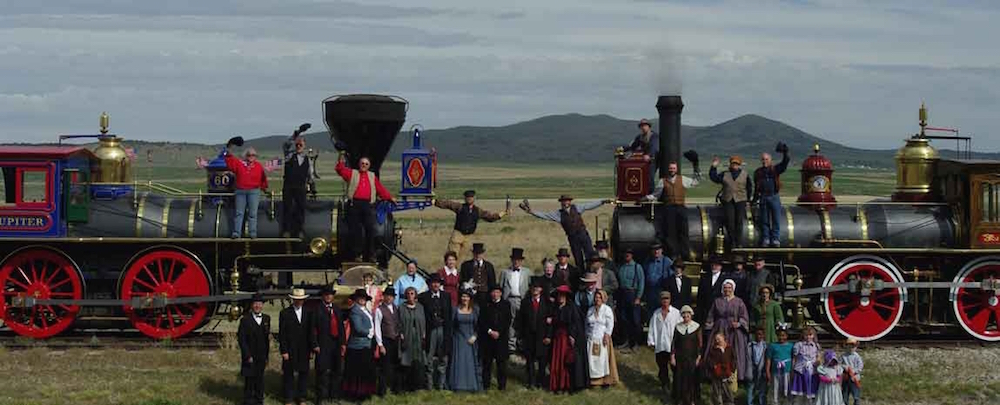
The new Transcontinental Railway shortened a six month journey by ox cart to a mere six or seven days via rail. The next two decades were marked by rapid settlement in the Western territories, as well as the flourishing of agriculture and mining industries.
The implications for Native Americans were dire as the rapid transport of military troops and supplies ensured a sustainable military advantage, and secured the taking of their land for white settlement. In 1890, Congress declared that there was no longer a frontier as no more large areas of land remained without some white settlement.
Golden Spike National Historic Site
Fast forward to 1957 when, after almost 90 years of existing in relative obscurity, the area of Promontory Summit was designated as the Golden Spike National Historic Site. A few years later in 1965 the Site became part of the National Park Service.
Visiting Golden Spike Today
Albeit the Golden Spike National Historic Site at Promontory Summit is a bit off the beaten path, it is well worth a visit. Having inspired Jules Verne to write Around the World in Eighty Days, this spot in the middle of nowhere makes for a tremendously educational, inspiring, and insightful day trip.
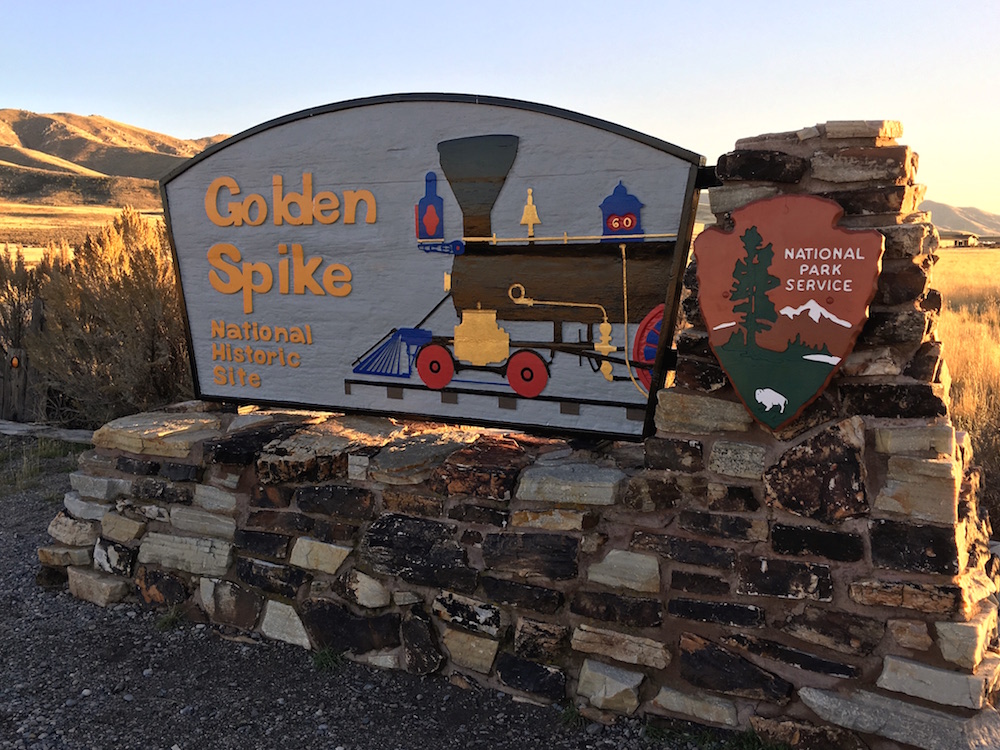
Begin your trip with a stop at the Visitors Center where you can watch a brief film about the history of the race to complete the Transcontinental Railroad. You will come away with a much better understanding of what you will be seeing as you tour the site. Next, take a gander through the small museum, then stop at the ranger’s desk where they can provide you with a map and itinerary that will best suit your visit.
The Sights
Directly outside the Visitors Center is a reconstructed bit of rail showing where the Golden Spike was driven. Be sure to catch the East Grade Auto Tour. It’s a short a one-way road suitable for autos only, but it can be done by foot for folks who don’t mind a bit of walking. Here you can see the Last Cut and the Chinese Arch that was dedicated to the 10,000+ Chinese workers who built the grades upon which the rails were laid.
Just across the main road is the Big Fill Loop Trail. An outstanding audio tour is available over your cell phone. Here you can see the Big Fill which will give perspective on how hard it was to fill large ravines one donkey cart of dirt at a time.
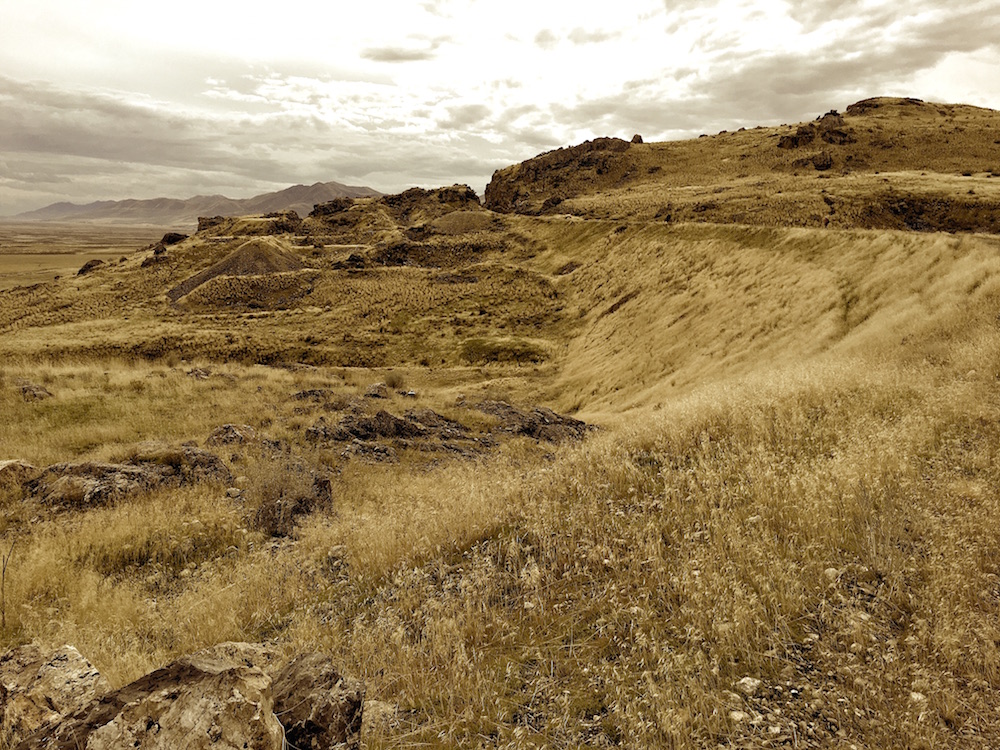
The crowning jewel of this trip is seeing the reproductions of the two working locomotives, the 119 and the Jupiter, that pulled trains with dignitaries from the Union Pacific and Central Pacific Railways to the Golden Spike Ceremony where they met nose to nose.

Reproduced without blueprints or working drawings, these two locomotives are accurate to within 1/4 inch from the originals and took four years to make – two years of which were to create 700 drawings from an historical engineer’s handbook and micrometer measurements of photographs!
On Saturdays and holidays during the summer season a recreation of the Driving of the Last Spike Ceremony is held with both locomotives on the tracks behind the visitor center. During the off-season there are scheduled tours of the engine house where they are stored.
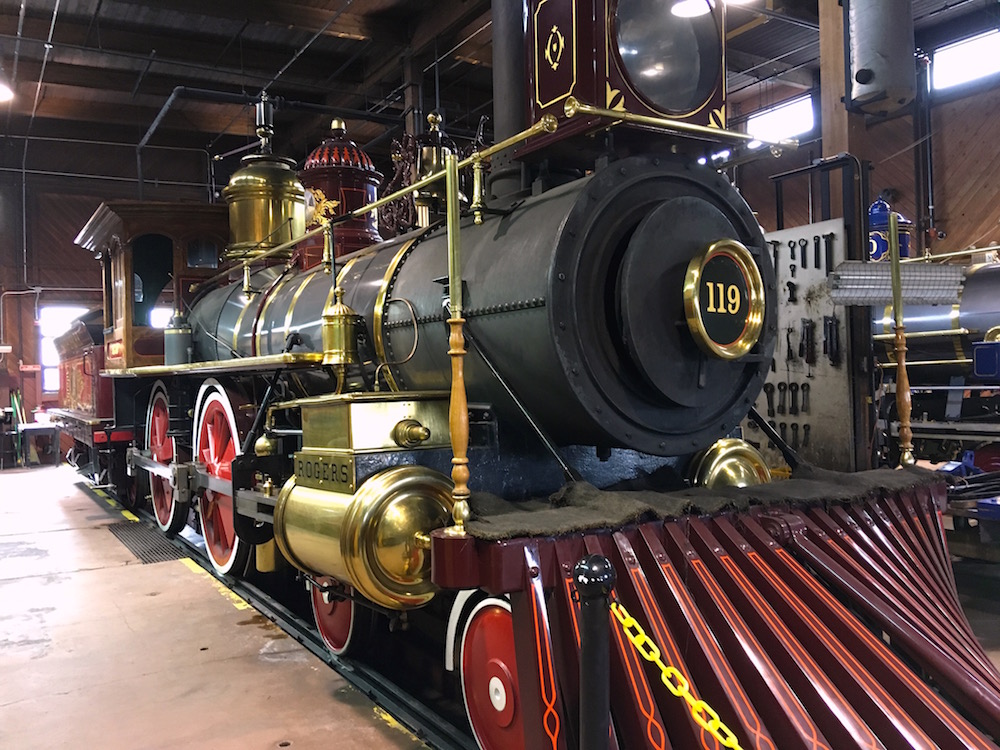
Whenever you find yourself passing through north central Utah, veer off the beaten path and see an often-missed place that was a crucial turning point in the history of the United States.
Nearby, Golden Spike RV Park offers 55 pull-through RV sites with full hookups. Read more on RV Park Reviews.



